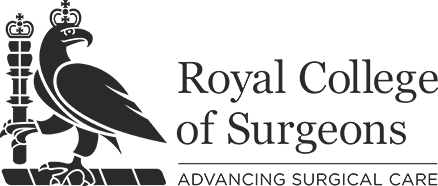We asked David Elliot, Tax Director from specialist medical accountants BW Medical Ltd to tell us what financial records to keep and how to pay any tax bills.
What records do I need to keep for my Tax return?
It is vital to keep records in the event that HMRC may open an enquiry into your Tax Return.
You will need to keep records of the following;
- Any P60s you receive at the end of a tax year for an employed post
- Any P45s received after leaving an employed post
- A record of any bank interest received on your bank accounts
- A record of any dividends received/any other investment income received
- If self-employed, a record of all income and expenses in the course of your post(s)
- If you are in receipt of rental income, a list of all income received, and expenses incurred
- Evidence of any charitable donations
Please note, you must keep a record of all income and expenses. For self-employed taxpayers, records must be kept for five years after the 31st January deadline for that tax return and one year after the 31st January deadline for an employed post. So if you file the 2022-23 tax return, due 31 Jan 2024, the records are kept till 31 January 2025 if you are employed and till 31 January 2029 if you are self-employed.
How do I pay my tax?
Please note that the tax year runs from 6th April one year to 5th April the next.
Employed doctors
- Tax will be deducted at source from your income
- You can locate how much has been deducted for tax/NIC/student loans and pension contributions on your payslips
- HMRC will contact you after the end of the tax year to inform you if you have paid too much/too little
Self-employed
- If you are self-employed then your tax becomes due, along with your tax return, on 31 January after the end of the tax year
- If the tax you owe after the tax year is below £1,000 or if the paid tax paid at source (i.e. employment) is at least 80% of the total tax due, you will not be required to make payments on account
- If your tax liability is over £1,000 for the tax year, this full amount will be payable on 31 January following the tax year and payments on account will be due (half of the total liability)
- Payments on account for the following tax year are due on 31 January and 31 July and will be deducted from your outstanding balance after you’ve completed your tax return for the following year. This can sometimes result in a refund if your income is reduced.
An example is included below;
Example A:
Tax year 2021/22 (6 April 2021 to 5 April 2022)
Total Tax Liability – £8,000
| Payment | Amount | Due |
2021/22 | £8,000 | 31 January 2023 |
| 2022/23 first payment on account | £4,000 | 31 January 2023 |
| 2022/23 second payment on account | £4,000 | 31 July 2023 |
Example B:
Tax year 2022/23 (6 April 2022 to 5 April 2023)
Total Tax Liability – £10,000
| Payment | Amount | Due |
| 2022/23 balancing payment | £2,000 (after deducting 2022/23’s first and second payment on accounts) | 31 January 2024 |
| 2023/24 first payment on account | £5,000 | 31 January 2024 |
| 2023/24 second payment on account | £5,000 | 31 July 2024 |
Newly self-employed earners are often caught out by the payments on account scenario.
Talk to our Tax Team for expert advice and guidance. BW operate a fixed fee billing policy which includes free telephone and email support. With BW you will receive a highly responsive and proactive tax service to ensure you can make informed financial decisions throughout the year. You can read reviews and book a free initial consultation with BW via Medics’ Money here.








